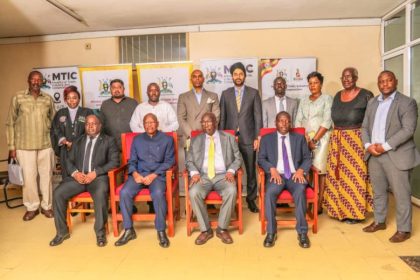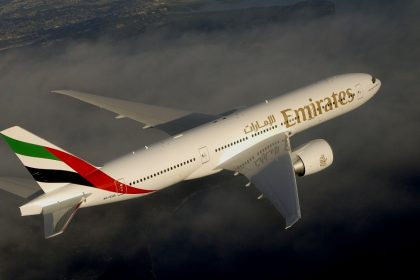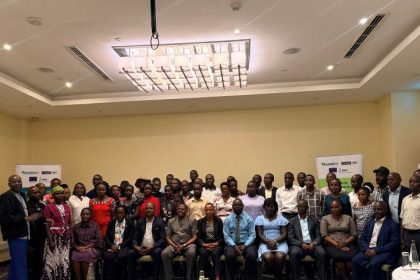SITA unveils AeroCost Manager to tackle to automate airline cost control

New platform promises real-time visibility, tighter controls, and reduced fraud risk
Global air transport industry technology provider SITA has unveiled AeroCost Manager, a new accounting platform designed to help airlines automate the management of their direct operating costs (DOCs) — an area still dominated by manual, error-prone processes.
Developed in partnership with airline software firm Maureva, the system provides real-time oversight of airline expenditure, automatically validating invoices, detecting overcharging, and ensuring compliance with IATA’s Simplified Invoicing and Settlement (SIS) standards.
While aircraft operating costs — including fuel, airport handling, and navigation charges — account for over half of airline expenditure, SITA says most carriers still rely on manual accounting, leaving them exposed to inefficiencies and potential fraud.
“Keeping on top of costs in aviation isn’t easy, but it’s essential for financial health and future route planning,” said Martin Smillie, SITA’s Senior Vice President for Communications and Data Exchange. “Most direct operating costs are still handled manually and aren’t centralized. That’s not only ineffective for budget control but also opens up an airline to inefficiencies and worse, to third-party fraud.”
According to SITA, AeroCost Manager integrates accounting from more than 1,000 suppliers, allowing finance teams to track spending across categories such as jet fuel, navigation and overflight fees, landing charges, and crew accommodation. The system also models service agreements in real time, automatically calculating provisional costs and generating alerts for discrepancies.
Jean-Marc Perreaux, Sales Director at Maureva, said the new system extends the capabilities of Maureva’s KEOPS solution to enhance decision-making and financial stability.
“It centralises data and continuously monitors costs without compromising on compliance. The result is more accurate calculations for route profitability, budgeting, and post-flight operations,” he explained.
For a medium-sized airline operating about 50 aircraft, SITA estimates finance teams handle between 25,000 and 30,000 invoices annually — much of it still manually processed. The company argues that automation transforms cost accounting from a “cost center” into a “control point,” improving efficiency and profitability.
AeroCost Manager’s introduction also comes as airlines face tightening margins and rising regulatory scrutiny over transparency and financial governance. With global air travel returning to pre-pandemic levels, analysts say cost optimization and automation will increasingly determine competitive advantage — especially for carriers in emerging markets.
SITA, which supports over 1,000 airports and 19,600 aircraft worldwide, said the launch is part of its wider digital transformation strategy aimed at building smarter, more connected aviation systems.


 Nabumali Boarding Primary School gets its first bus through Equity Bank’s asset financing facility
Nabumali Boarding Primary School gets its first bus through Equity Bank’s asset financing facility
 Uganda inaugurates first sugar industry stakeholders’ council
Uganda inaugurates first sugar industry stakeholders’ council
 After nearly 16,000 flights Emirates sees Uganda as key market
After nearly 16,000 flights Emirates sees Uganda as key market
 ASARECA rolls out training to scale Black Soldier Fly farming to cut fish feed costs
ASARECA rolls out training to scale Black Soldier Fly farming to cut fish feed costs
 Uganda secures USD2 billion in new World Bank financing as IMF talks advance
Uganda secures USD2 billion in new World Bank financing as IMF talks advance
 Stanbic Bank donation transforms maternal care at Rukoki Hospital
Stanbic Bank donation transforms maternal care at Rukoki Hospital
